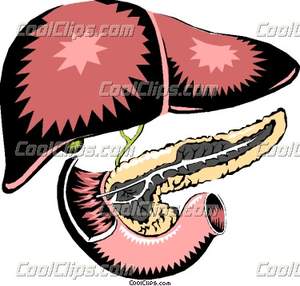Liver cirrhosis represents a major health problem. No
effective anti-fibrotic therapy is available up till now.
Understanding the pathogenesis of liver fibrosis is
essential for developing new strategies for anti- fibrotic
therapies. Animal models may be used for this purpose
[1,2]. Animal models have several advantages compared
to clinical studies including; the possibility of taking
samples at different time-points, the ability to control
variables that cannot be controlled in humans, and the
ability to study the implication of specific genes by using
genetically modified animals [3]. However, in some liver
pathologies associated with systemic diseases like nonalcoholic
steato-hepatitis (NASH) there is no animal
model can simulate the complex hepatic and extra-hepatic
features [4]. Some differences exist between humans and
animals. Viruses like hepatitis C or B do not infect rodent
hepatocytes [5]. Alcoholic liver disease is difficult to be
induced in rodents and rarely cause fibrosis [6].


